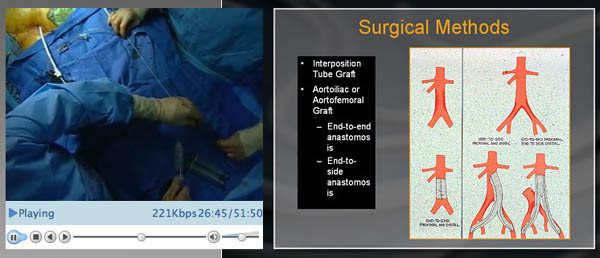For all the advances in medical science, it’s incredible that the methods for organizing and distributing medical information have not kept up. A vast amount of medical error, both prescriptive and diagnostic, comes down to problems with the flow of information. All too often, the information doesn’t flow fast enough, or different information flows to different people, or the information can only flow to one person at a time, slowing down treatment and opening the door to infection.
The Guardian has a fascinating profile (via Smart Mobs) of the Oklahoma Heart Hospital (known as OK Heart), which has the distinction of being one of the first hospitals in the world to go entirely digital. A central computer connects to bedside screens in each room where patient records can be instantly called up. Consequently, doctors, nurses and pharmacists are always on the same page – the same digital page – greatly reducing the length of patient stays, and minimizing error. Of course, technology alone will not transform medicine – it’s the people that ultimately determine the quality of care – but the case of OK Heart is a compelling one.
There is a practical reason for using technology this aggressively: the longer you stay in hospital for the same treatment, the less chance you have of getting out of it alive. While the average stay for serious heart patients in the US is five days, the OK Heart average is 2.7 days, and falling. Doctors don’t have to chase x-rays and MRI scans, which are in the patient’s record before they get back to their room, and nurses don’t chase the doctor’s notes, which are transcribed remotely as soon as they are dictated.
It is a dramatic transformation in working practices: at the Indiana Heart Hospital, a digital hospital that runs along similar lines, internal research shows a reduction of 85% in medication errors, avoidable delays down by 65% and reductions in the cost of updating records by 45% compared with paper-based hospitals. Doctors also cut the time they spend updating records by a third.

It’s also worth visiting OK Heart’s website, where you can a watch a fascinating June webcast of surgeons at work on an Endovascular Abdominal Aortic Aneurysm. The surgeons talk the viewer through the procedure, while diagrams appear to the right for clarification. It’s a highly informative program and suggests how much the medical sciences will benefit when digital textbooks can bring the operating theater directly to the student.
